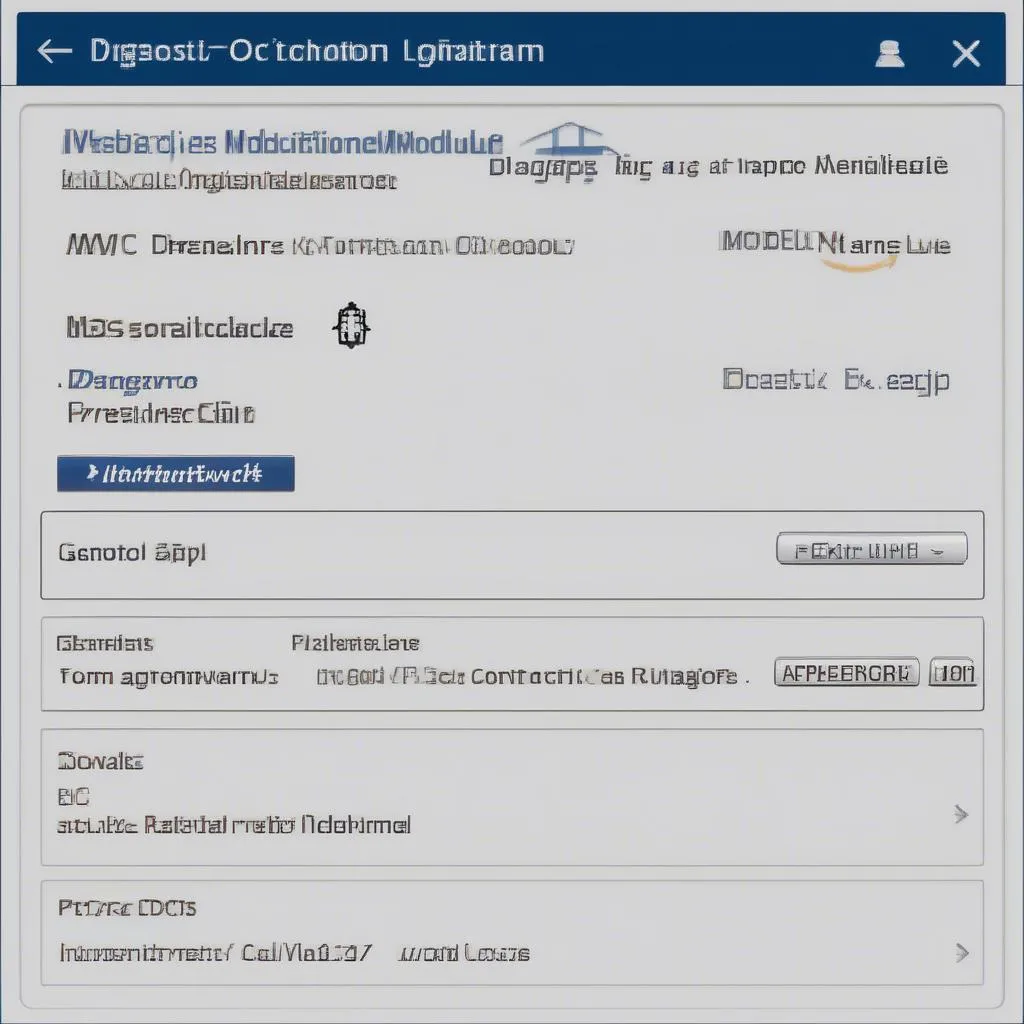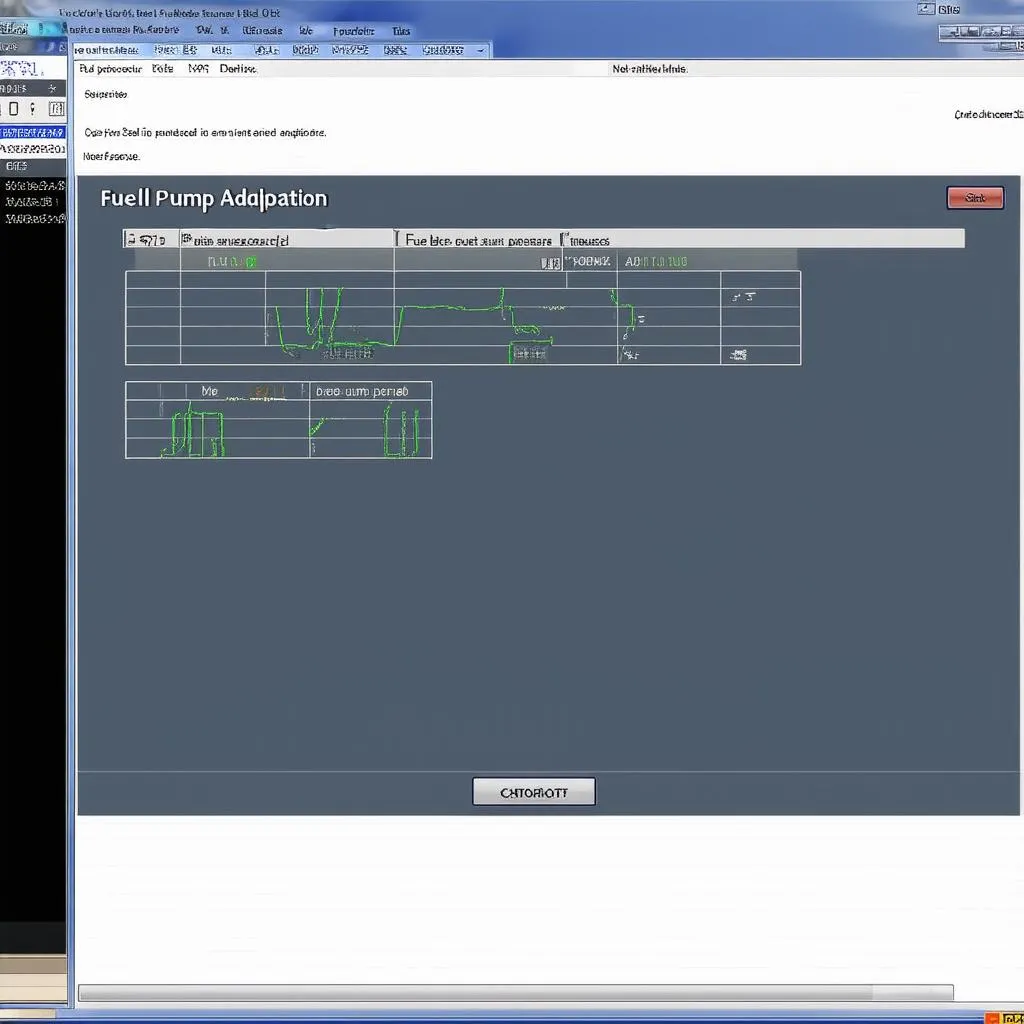Tire Pressure Monitoring Systems (TPMS) are essential safety features in modern vehicles, and the VCDS software provides a powerful interface for technicians and enthusiasts to interact with these systems. This article dives into the world of Vcds Tire Pressure monitoring, exploring its capabilities, benefits, and addressing common user queries.
What is VCDS Tire Pressure Monitoring?
VCDS, short for VAG-COM Diagnostic System, is a powerful diagnostic software suite designed for vehicles in the Volkswagen Audi Group (VAG). Beyond its diagnostic capabilities, VCDS allows users to access and adjust various vehicle control modules, including the tire pressure monitoring system. This system constantly monitors the air pressure in each tire, alerting the driver if pressure drops below a safe threshold.
“Having the ability to read and reset TPMS faults with VCDS is invaluable,” says automotive electronics expert [Generated Expert Name], author of [Generated Book Title]. “It allows for a more efficient diagnosis and repair process.”
Benefits of Using VCDS for Tire Pressure Monitoring
Utilizing VCDS for TPMS management offers several advantages:
- Accurate Diagnostics: VCDS provides in-depth data on each tire pressure sensor, including pressure readings, sensor ID, and battery status. This information aids in pinpointing the root cause of TPMS issues.
- Resetting TPMS Light: After adjusting tire pressure or replacing sensors, VCDS allows you to quickly reset the TPMS warning light on the dashboard.
- Coding New Sensors: When replacing sensors, they need to be “introduced” to the vehicle’s ECU. VCDS simplifies this process, allowing you to code new sensors seamlessly.
Common VCDS Tire Pressure Questions Answered
Here are answers to some frequently asked questions:
Q: Can I use VCDS to adjust tire pressure thresholds?
A: While VCDS provides detailed TPMS information, it typically doesn’t allow for adjusting factory-set pressure thresholds.
Q: My TPMS light is on, but my tire pressure seems fine. What could be wrong?
A: A TPMS light can be triggered by a failing sensor, low sensor battery, or even interference from other electronic devices. VCDS can help diagnose the specific issue.
Q: I need to replace a tire pressure sensor. Can any sensor be used?
A: It’s recommended to use sensors that are compatible with your specific vehicle make and model. Consult your owner’s manual or a trusted mechanic for guidance.
 VCDS Tire Pressure Monitoring
VCDS Tire Pressure Monitoring
Tips for Using VCDS with TPMS
- Consult Your Vehicle’s Documentation: Before making any adjustments, always refer to your vehicle’s service manual for specific instructions and precautions.
- Use a Reliable Cable: Ensure you’re using a genuine VCDS interface cable to guarantee stable communication between your computer and the vehicle’s control modules.
- Stay Updated: Regularly update your VCDS software to access the latest features and vehicle compatibility.
 VCDS TPMS Sensor
VCDS TPMS Sensor
Conclusion
VCDS proves invaluable for anyone seeking deeper insights and control over their vehicle’s tire pressure monitoring system. From diagnosing sensor issues to coding new sensors, VCDS empowers users to maintain optimal tire pressure and enhance safety. For further assistance or to explore a range of professional automotive diagnostic tools, reach out to CARDIAGTECH.
Looking to explore other VCDS capabilities? Learn more about performing a soft reset with VCDS in our comprehensive guide.


